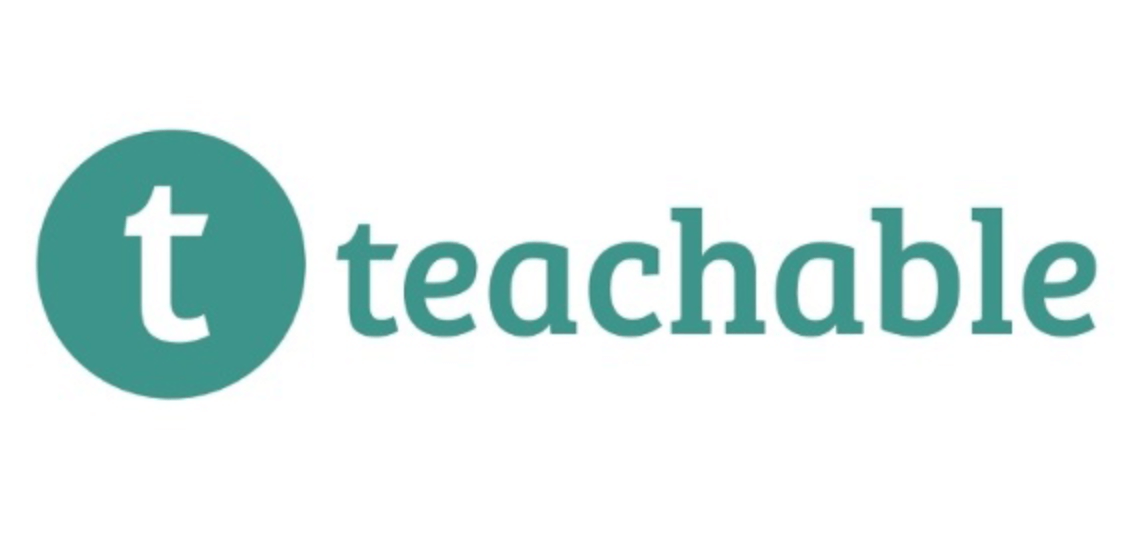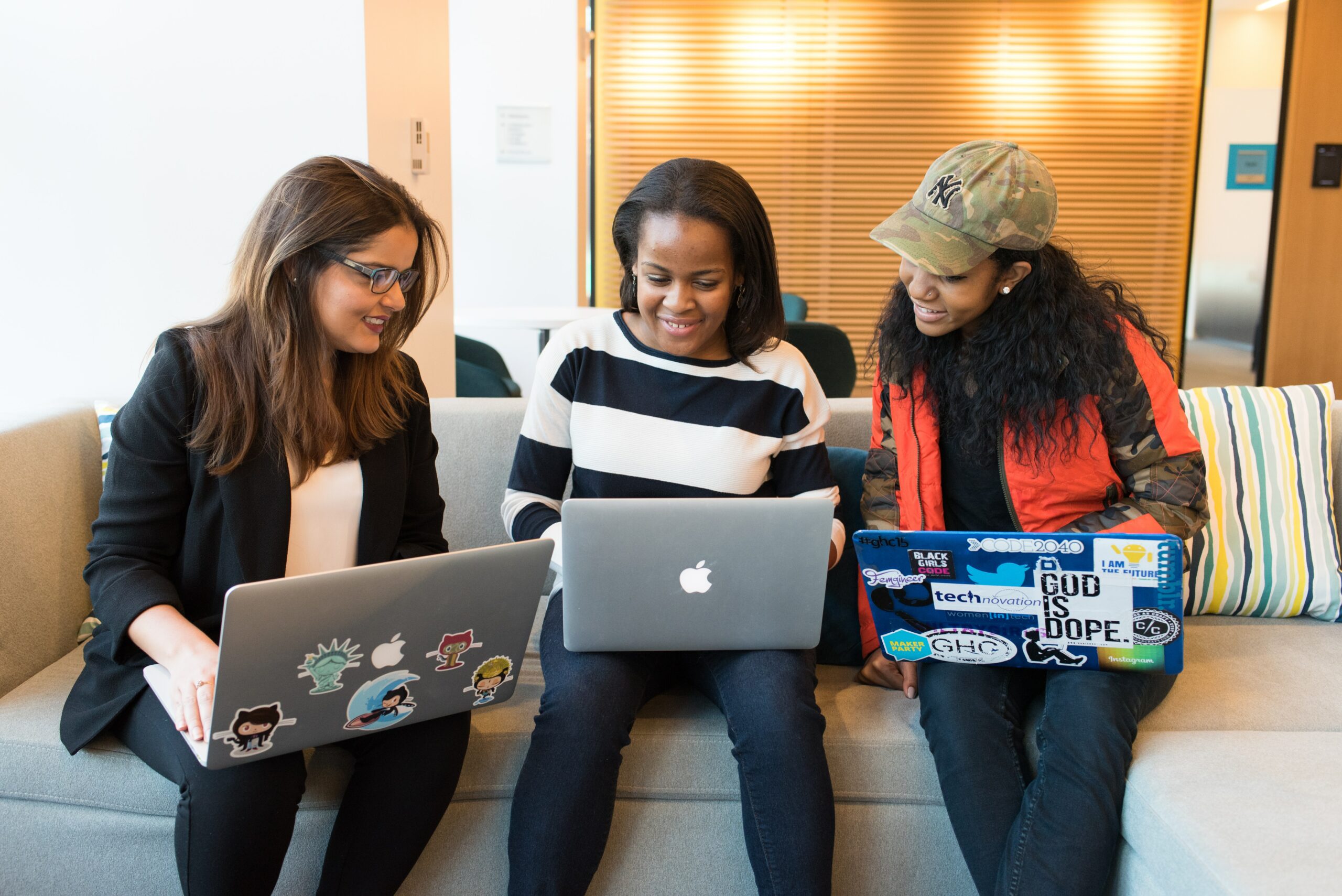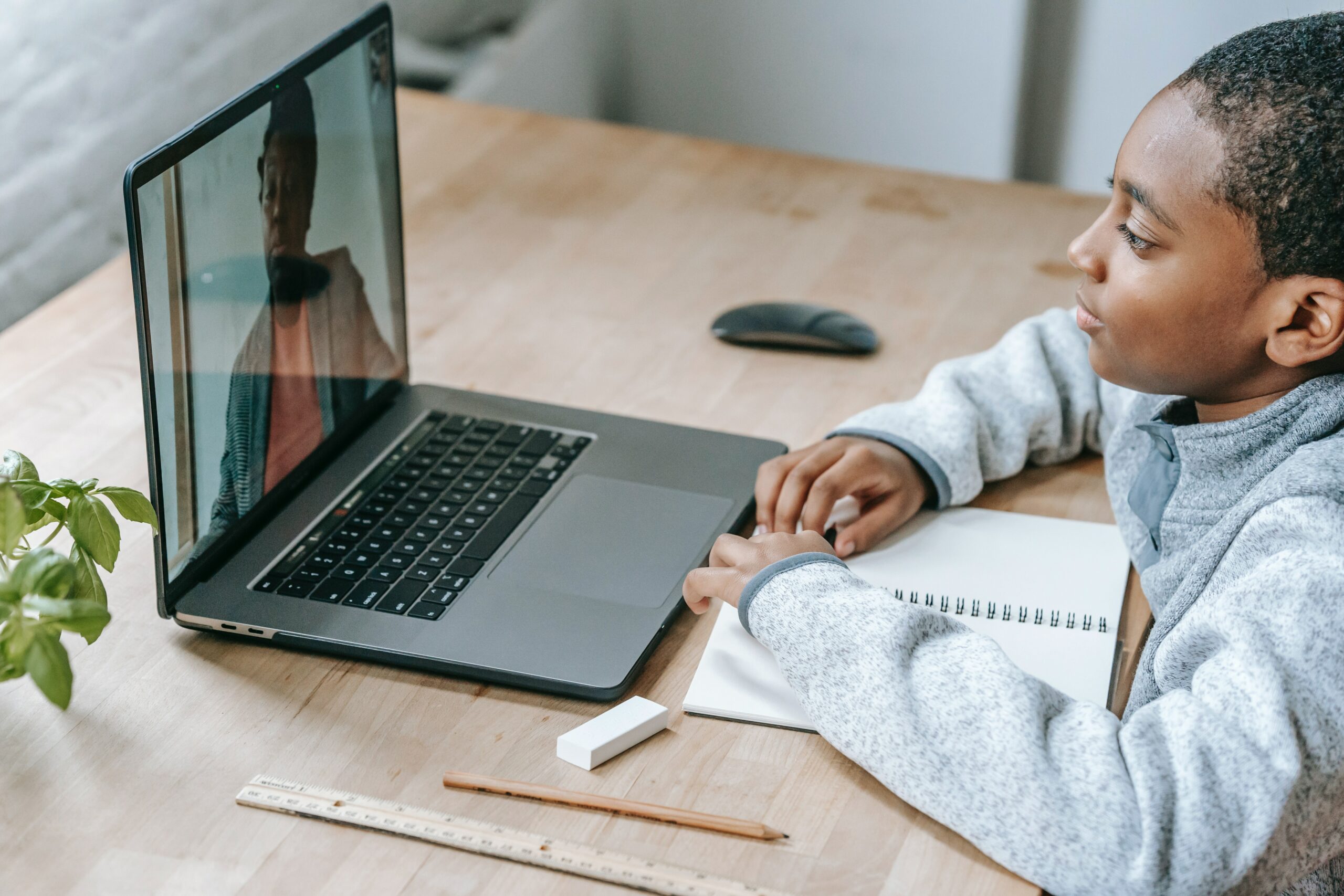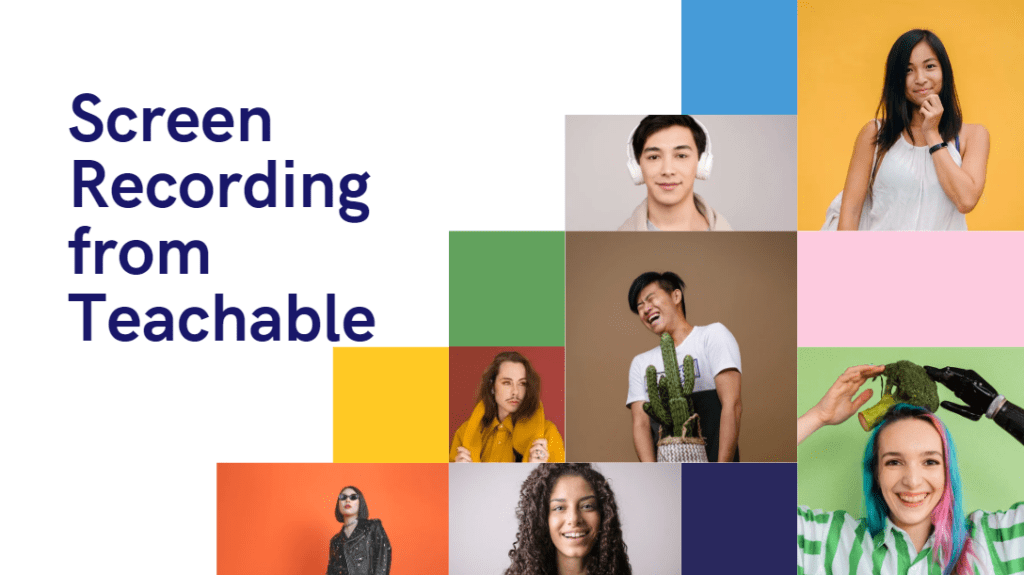Introduction
Brief overview of the importance of screen recording for educational purposes
In the online education space, video tutorials and demos are becoming increasingly popular as a way of helping students learn more effectively. Screen recording is an integral part of this process, as it enables educators to capture their workflows and share specific details of their screen with students. This can help to increase engagement, provide visual examples that can be rewatched, and provide a deeper level of understanding that students can refer back to as they continue learning.
Explanation of the benefits of capturing screen recordings from Teachable
As a Teachable user, I have found capturing screen recordings with the platform to be a valuable tool for producing educational content. Teachable offers several features that make creating and sharing screen recordings simple and efficient, including an intuitive video recording platform, customized course branding, and various options for sharing the recordings. Additionally, Teachable is a great platform for hosting and delivering videos, providing reliable playback for my tutorials and demos. Overall, I believe that Teachable provides a powerful set of tools for screen recording, making it an ideal platform for online educators.

Understanding Screen Recording
Definition and Purpose of screen recording in the Context of online learning
As an experienced user of Teachable, I understand the power of screen recording in the context of online learning. Screen recording allows online instructors to capture their computer screens and capture audio commentary to create instructional videos. This allows them to demonstrate software, explain complex concepts, and create videos with a high degree of interactivity. Screen recording is an invaluable tool for creating engaging online courses, and Teachable provides a comprehensive suite of screen recording tools to make this process as straightforward as possible.
Discussion of the various use cases for screen recording from Teachable
Teachable offers a variety of use cases for screen recording, ranging from demos of software to creating engaging video tutorials. For example, instructors can record their computer screen while demonstrating online software, allowing them to explain features and troubleshoot issues in real time. Additionally, screen recording can be used to create interactive video tutorials, with an instructor narrating while demonstrating how to complete certain tasks on their computer. With Teachable, instructors also have the ability to add slides, captions, and other elements to their screen recordings, making them more visually engaging and easier for students to follow. From my experience using Teachable, I have found its screen recording tools to be an invaluable asset when creating online courses.

> > Click Here to Start Teachable for Free < <
Selecting a Screen Recording Software
Exploring different screen recording software options available
As a Teachable user, there are a range of screen recording software options available to choose from. This includes popular tools such as OBS Studio, Screencast-O-Matic, and Loom, all of which provide powerful features designed to make the recording process as smooth and efficient as possible. In addition to the software options, there is also the option of using a hardware recorder, which may be beneficial for certain use cases. Depending on your specific needs and preferences, I advise exploring the available options and evaluating their features and pricing plans to find the best fit for your project.
Highlighting key features to consider when choosing a screen recording tool
When selecting a screen recording tool, there are a few key features to consider, such as recording quality, editing capabilities, and output formats. For recording quality, look for a tool that allows you to adjust the resolution, frame rate, and bitrate according to your desired settings. For editing capabilities, you should seek out tools that provide editing functions such as trimming and cropping, as well as additional features such as annotation and subtitling. Finally, consider the output formats supported by the tool, as this will determine where you can publish your recordings. By taking these features into account and evaluating the options available, you should be able to find a tool that meets your needs and budget.

> > Click Here to Start Teachable for Free < <
Preparing for Screen Recording
Discussing the recommended settings and preparations before starting a screen recording
As an experienced Teachable user, I can attest to the importance of taking the time to properly prepare for a screen recording. To ensure your recording goes as smoothly as possible, it is essential to go over the recommended settings and prep your workspace. I recommend starting with the basics, such as setting up your screen recording software, adjusting your microphone and speakers, and double-checking that all your visuals (e.g. slides, images, etc.) are properly displayed on your screen. Additionally, it is critical to test your audio and video to ensure there are no technical issues that could interfere with your recording.
Providing tips on optimizing audio and video quality for a seamless recording experience
Once your technical setup is complete, there are still several other steps you can take to help optimize your audio and video quality. I recommend playing around with the settings to find what works best for your specific recording environment. For audio, you may want to experiment with different sample rates and bit rates, as well as adding or removing background noise. Likewise, for video, I recommend adjusting the resolution and frame rate. Testing out different configurations will help you find the perfect balance between quality and file size, allowing you to achieve a seamless recording experience.

> > Click Here to Start Teachable for Free < <
Recording a Teachable Course
Step-by-step guide on how to record a Teachable course using screen recording software
Recording a Teachable course is easy with the right software. As an experienced Teachable user, I have been able to capture course content, including video lectures and slide presentations, with the following steps:
First, choose a screen recording software. There are many options available, so make sure to choose the one that best suits your needs. I personally recommend the free and open-source OBS Studio, as it has a wide range of features and is easy to use.
Once you have downloaded and installed the recording software, launch Teachable, open the course you wish to record, and start your screen recording. Depending on the software you are using, you may need to select which portion of the screen you wish to record. Make sure to record the whole screen to capture everything in the Teachable course.
Finally, once the course has finished playing, stop the recording and save the file. Depending on the software used, you may have the option to convert the file into a different format like MP4.
Explaining the process of capturing course content,
When recording a course in Teachable, it is important to understand how to capture the different types of content. The process for capturing video lectures is fairly straightforward: simply start the recording before playing the lecture, and stop it once the lecture is finished.
Capturing slide presentations, however, may require a few additional steps. If your presentation includes audio, you can simply record the whole screen while playing the presentation. However, if it does not include audio, you may have to record the slides individually to avoid capturing the Teachable interface or any other distractions that may show up on the screen. Additionally, you may want to consider recording a voice-over to accompany the presentation slides.
Once you have finished recording the course content, you can use the resulting video to create promotional materials, share it with students, or upload it to social media platforms.

> > Click Here to Start Teachable for Free < <
Privacy and Copyright ConsiderationsPrivacy and Copyright Considerations
Highlighting the importance of respecting privacy and copyright
As an experienced Teachable course creator, I understand the importance of respecting the privacy and copyright of my students and content when creating screen recordings. When recording Teachable courses, it’s essential to obtain the necessary permissions from all individuals featured in the recordings and protect any sensitive information that may be revealed. It’s also important to respect copyright laws, including those protecting the intellectual property of your students, by ensuring that the recordings you create do not include any of their work without their expressed permission.
Discussing guidelines for obtaining necessary permissions and protecting sensitive information
When recording Teachable courses, it’s important to make sure all individuals featured in the recordings have given their permission to be featured. To ensure the privacy of your students, you should make sure that their identity is protected and any sensitive information is kept private. Additionally, documentation should be kept of any permissions that have been given for recordings.
When it comes to protecting intellectual property, it is essential to not include any of your students’ work in the recordings without their expressed permission. If you are in doubt as to the origin of the content, it is always best to avoid using it or consult with a copyright expert for advice.
By following these guidelines, I have been able to create screen recordings from Teachable courses that are respectful of the privacy and copyright of my students and content.

> > Click Here to Start Teachable for Free < <
Conclusion
Recap of the benefits and process of screen recording from Teachable
Screen recording in Teachable is a powerful tool for creating engaging online learning experiences. Through the use of video recordings, instructors can easily document their screen experiences in real time, providing a comprehensive overview of the topics and concepts they are teaching. In addition, screen recordings enable instructors to better engage with their students, as they can provide verbal explanations and further clarify confusing concepts as needed. To access screen recording in Teachable, instructors simply need to navigate to the “Recording” tab in their Teachable dashboard and click on the “Record” button.
I highly encourage all Teachable instructors to explore and experiment with screen recording. I have found that my students have more readily absorbed and retained the material I present to them when I provide explanations through video recordings. Additionally, screen recording enables me to save time on content creation, as I can quickly record a tutorial or lecture and distribute it to my students with ease. With that being said, I encourage all instructors to incorporate screen recording into their Teachable courses and take advantage of its powerful features and benefits.
